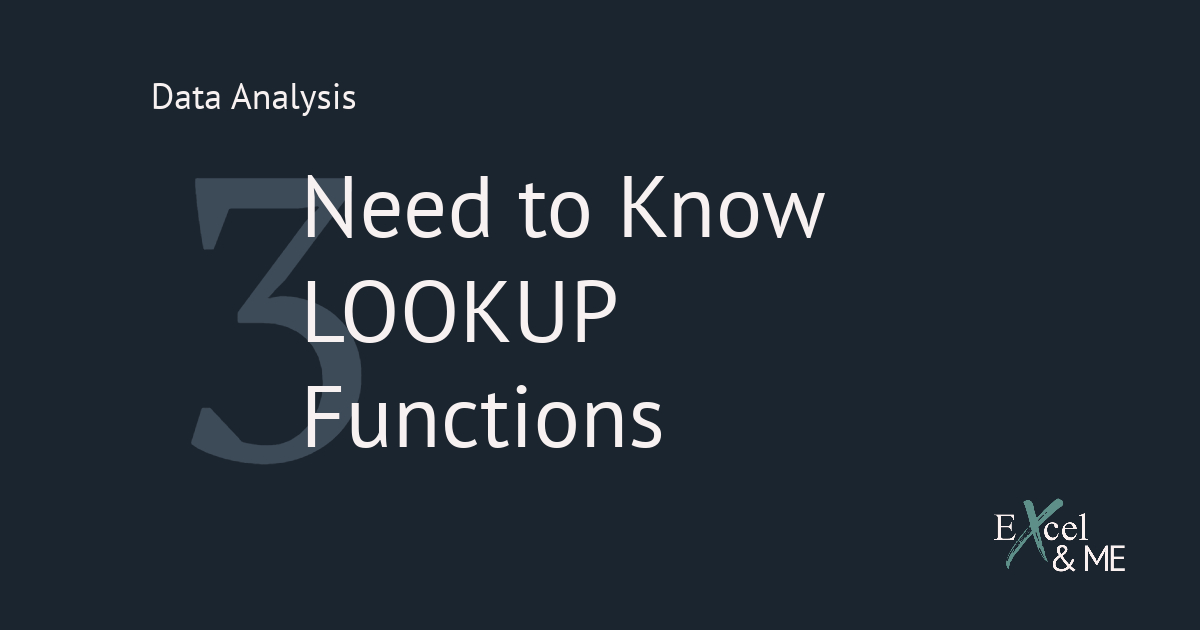Throughout the decade, or so, that I worked in retail businesses analysing performance data. There has never been a time where more data has been collected than right now. With the help of GA4 it is possible to pinpoint the differences in consumer behaviour on a desktop, mobile or app. And with tools such as Decibel it is possible to observe – in near real time – the onsite user experience.
With all this additional data, it is has never been more important to get it into the hands of the “right” people. They will be the ones with the ability to inspect, cleanse and transform the data into action focused conclusions which can be used to support decision making.
Data gatekeeping is a process used within businesses to aid the management of data. From the initial stage of collection, right through to the dissemination of information to its audiences. Such a process is informed by a series of selection criteria.
This post will cover what data gatekeeping is, why it is important, how it impacts Merchandisers and Ecommerce Managers and suggest ways structures and criteria can be improved. To realise benefits both the business, and those given the responsibility of driving the actions to achieve business goals.

What is Data Gatekeeping?
Data gatekeeping is the process, or action, of restricting access to data. Certain data gatekeeping activities will be needed to protect the integrity of a business. These processes will be established to ensure a business abides by legislations, and laws of the market(s) it operates in. Examples this would be password protecting specific files and/or folders. Or saving departmental files on different servers or drives.
Other examples of data gatekeeping involve the creation of performance reports tailored to specific KPIs. And only circulated to members of a department, or team, deemed as responsible for those KPIs. With access granted to the reports to non-members by exception.
Why is Data Gatekeeping Important?
Data gatekeeping is an important part of business. It can help ensure a business is compliant with local laws and legislations. And prevent the exposure of sensitive business information from leaking.
The process of data gatekeeping is also important for ensuring no one person, or team, has access to more data than they need to efficiently reach a conclusion. The person(s) should have access to the data needed to achieve the goal of discovering useful information, that can be used to support and inform decision making.
Data gatekeeping becomes problematic when the criteria of the restrictions are unclear. And when the limitations, on access, have a knock on effect to an individual’s ability to do their work to the fullest of their ability.
Understanding Data Gatekeeping Through the Lens of Gatekeeping Theory
Gatekeeping is synonymous with the media, especially the News. For something to be included in a news broadcast, it needs to be considered “News worthy”. There are gatekeepers who filter through the information before it is delegated and subsequently distributed.
The same can be said for data. Especially in the current century (21st) when there is an abundance of data. Someone, or someones, need to decide what data gets presented to “the public”.
In business, “the public” will range from Board members and investors, to Managing Directors and Account Managers, to third-party businesses and customers. Each demographic of a business’s “public” will be shown a different version of the data.
These differing demographics will determine the set criteria for access to the data. Those who use – or enforce – the criteria become the gatekeepers.
How does Data Gatekeeping Impact Merchandisers and Ecommerce Managers?
Data analysis, the process of inspecting and transforming data with the goal of discovering useful information, is an important part of the role of a Merchandiser or Ecommerce Manager. Not having access to the data needed to accurately inform conclusions to support decision making, can have negative impacts on business outcomes. As well as morale and enthusiasm to do the work.
A lot of the data Merchandisers and Ecommerce Managers will be working with. Is the non-sensitive, run of the mill, performance data which makes up the day to day running of a business. That being said, it is still a lot of data.
How do Merchandisers and Ecommerce Managers Benefit from Effective Data Gatekeeping Processes
Data gatekeeping, makes it possible for Merchandisers and Ecommerce Managers to only consume the data that they need to do their job. This helps to prevent analysis paralysis – which is real, speaking from personal experience. By limiting the scope of data to be inspected, only to that which makes discovering useful information possible. Ensuring the possibility of reaching a conclusion and making a decision.
How are Merchandisers and Ecommerce Managers Impacted by Weak Data Gatekeeping Processes
As with most things, there is a downside to data gatekeeping. After all, gatekeeping is a restrictive process. A criteria is set to allow access. Therefore any person(s) who do not meet the criteria will be disallowed, restricted from, access.
Even before the criteria is set to decide who can use the data. A decision is first made on what data is “worthy” of being collected. If this higher level decision is too restrictive, it can have negative impacts further downstream once the analysis in underway.
An example of this would be excluding the collection of performance data based on a particular product attribute, such as colour. This will have an impact on a Merchandiser’s or Ecommerce Manager’s ability to access the impact of colour on the overall performance of a product category. Therefore, any actions taken will be exclusive of this consideration, even if there is reason to believe it has an impact on performance.
For Merchandisers and Ecommerce Managers, having limited access or no access, if the data was never collected. Can be very frustrating, and prevent their ability to take constructive actions to achieving goals. Which has a knock-on impact to business performance. As well as an individual’s motivation to do the work with limited autonomy over what can be achieved.
How can Data Gatekeeping be Improved?
Businesses need a data gatekeeping process, to ensure compliance with laws and legislations. As well as to ensure no one person, or team, has access to more data than they can feasibly manage to effectively do their role.
For legislation controlled data, a business should always adapt their practices and processes so that they are aligned to regulatory changes. The establishment of GDPR is a good example of this. GDPR has given individuals more influence over the collection of their personally identifiable data. And made it necessary for businesses to establish internal processes to increase transparency about what data is collected and why.
Implementing a review process to adapt business practices for disseminating non-legislation controlled data. Can help ensure a business is reporting on metrics that reflect changes in consumer behaviour driven by changes in external circumstances. Having this flexibility in business practices, will give the relevant teams access to a broader range of useful information to support decision-making. And implement activities to inform business goals.
A review process for non-legislation controlled data would consist of three parts. An assessment of access criteria, an evaluation of the current observed data selection and consideration of consequences of continued data exclusions. The review process should have the goal of discovering useful information that can be used to drive actions to achieve business goals, in relation to industry, consumer and economic changes.
Assessing the Access Criteria
Reviewing the criteria by which data access is granted has the possibility of uncovering easy quick-win actions to support business goals.
This doesn’t mean “open the floodgates and let them at it”. What it means, is understanding whether current access criteria is aligned to current business divides.
Often access criteria is based on departmental lines. However, in an age where departments have shared KPIs, and can each influence the outcomes of these KPIs. Allowing departments with the same KPIs access to the same data sets, will boarder data available to the respective teams.
Having teams use the same source data helps prevent misinformation. Improves how departments with shared KPIs work better together. Increases their understanding of the impact their activities have on other areas of the business. And allows for more collaborative work, to drive diverse decision-making.
Evaluating the Current Observed Data Selection
No one can know what they don’t know. And if critical performance data is not selected for observation, it cannot be used to support business growth.
Involving representatives from departments and teams that will be using data to support decision-making. Will help ensure the evaluation of the selected observed data points, are aligned to changes in consumer behaviour and other external factors that can influence performance.
With their knowledge of how data is used. These representatives will have valuable insights on key metrics to include. And the ways they can help to uncover useful information to support decision-making.
Consideration of Excluded Data
Not every data point can be stored and reported on. The same way not every event is considered “News worthy”. However, overtime events that were previously considered “not News worthy” have become a part of the News cycle.
When evaluating the current selection of observed data. Reviewing the data points not yet observed, could uncover insights that reflect changes in current circumstances. As the commercial environment changes, changes will need to be made to the observed data points to ensure a business is reporting and monitoring the metrics that have influence on the overall performance.
Failure to review data exclusions could result in the “wrong” data being collected and observed. Resulting in the delivery of actions that fail to achieve business goals. Due to decisions being informed by data sets, not robust enough to correlate to changes in behaviour and circumstance.
With the ever increasing number of data points available to businesses. It is important to establish a process by which the criteria of who can access data and what data is observed by the business, is assessed. Conducting such an assessment on a routine basis can make it possible to discover useful information. That is reflective of current changes and can be used to help inform conclusions needed to support decision-making.
This process would be enriched by the inclusion of those responsible for driving the activities conducted as an outcome of the data analysis. Not only will this help individuals feel as though they have autonomy over their role. It can also increase collaboration between departments, improve transparency over departmental responsibilities, and allow for diversity of decision making. Helping businesses achieve goals not yet realised.
If you are looking to improve existing, or establish new, data governance criteria for performance analysis. I can help. With over 10 years’ experience in performance analysis, I have seen the explosion of data collection from footfall traffic in stores to the number of times an instruction manual is downloaded from a website. Getting these useful insights into the hands of the relevant teams can be the difference in exceeding business goals.
Like this post? You should see my newsletter.
Subscribe to the Excel & ME newsletter to get updates that will empower you to inform your business decisions with data.







